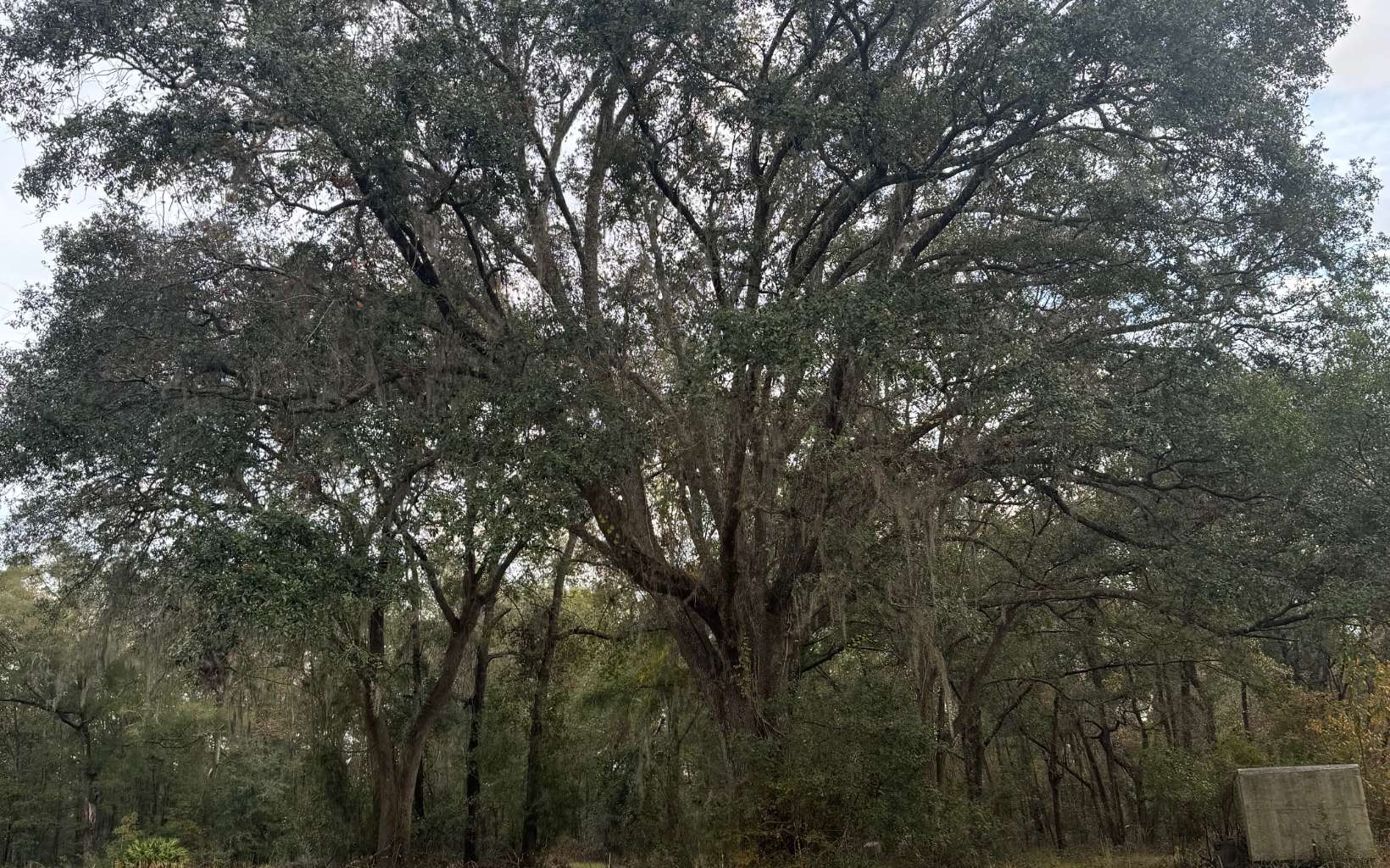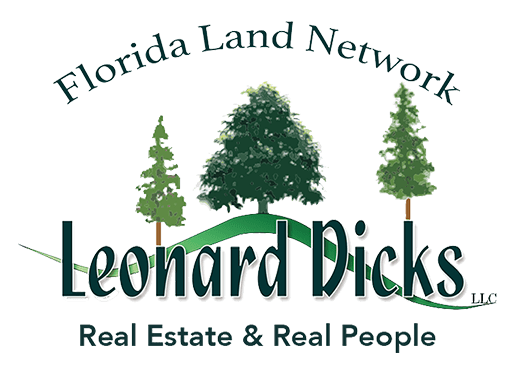
Selling timber can be a profitable venture for Florida landowners, but it requires thorough planning and adherence to best practices to maximize returns and protect the land’s long-term health. From assessing timber value to ensuring compliance with state regulations, this guide walks you through the essential steps for a successful timber sale.
Understanding Timber Valuation
Accurate timber valuation is key to securing a fair sale. Timber’s value depends on species, age, quality, and current market conditions. Some types of wood, like cypress or certain hardwoods, can yield higher returns, while younger trees or those in poor condition may be less valuable.
A timber cruise or forest inventory assesses both quantity and quality, helping you understand what your timber is worth. Many foresters offer inventory services, which involve counting trees, measuring their size, and estimating their overall health. The Florida Forest Service’s Guide on Timber Marketing offers in-depth information on how timber is valued and how to prepare for a sale.
Consider working with a consulting forester who can provide a professional appraisal and identify market trends that impact value. Consulting foresters often have connections with potential buyers and can negotiate prices on your behalf.
Consulting a Professional Forester
Hiring a professional forester is beneficial for navigating the complexities of timber sales. A forester can:
- Evaluate your timber and provide a detailed assessment of its worth.
- Prepare for the sale by identifying the most profitable trees, suggesting harvest techniques, and establishing access routes.
- Connect with timber buyers and negotiate favorable terms for your sale.
The Florida Forest Service Directory can help you find a licensed forester in your area. Be sure to ask for credentials and references, as an experienced forester can greatly enhance your profit potential while ensuring that best management practices are followed.
Developing a Forest Management Plan
A well-structured forest management plan helps align your timber sale with long-term land-use goals, whether they focus on conservation, recreation, or future timber sales. A management plan should outline strategies for sustainable harvesting, protecting biodiversity, and preserving soil and water quality. The University of Florida’s Guide to Forest Management Plans provides a comprehensive overview of how to develop a sustainable plan.
Forest management plans typically include:
- Timber stand improvement techniques, such as selective thinning, to promote growth of high-value trees.
- Wildlife habitat considerations to protect species that depend on forest cover.
- Reforestation plans for areas that will be harvested, ensuring the forest’s future productivity.
Creating a management plan with a professional forester can help you maximize profits while preserving the ecological integrity of your land.
Navigating Regulatory Requirements
Florida has specific regulations to ensure that timber harvesting practices protect environmental resources. Compliance with Silviculture Best Management Practices is required to minimize erosion, protect water quality, and preserve wildlife habitats. BMPs outline protocols for road construction, stream crossings, and waste management during logging activities. The Florida Department of Agriculture and Consumer Services provides detailed guidance on BMPs for timber harvests.
Certain areas may also require permits, especially if they include sensitive ecosystems or wetlands. Consulting with local environmental agencies can help you understand any specific requirements for your area.
Understanding Tax Implications of Timber Sales
Income from timber sales is taxable, and understanding tax implications can help you plan for the financial impact of a sale. Timber sale income is typically classified as capital gains, which may have a lower tax rate than ordinary income if the timber has been held for over a year. However, other factors, such as costs of reforestation or land improvements, can also affect your tax obligations.
The U.S. Forest Service’s Tax Tips for Forest Landowners provides a detailed guide on calculating timber income taxes, including eligible deductions. Consulting a tax professional who specializes in forestry can help you take advantage of deductions related to management, reforestation, and other expenses, ultimately lowering your tax liability.
Preparing a Timber Sale Contract
A comprehensive timber sale contract is essential to protect your rights and interests. This contract should clearly outline terms like payment schedules, harvesting methods, and liability clauses. Key elements to include are:
- Payment structure: Define whether payment will be lump-sum, pay-as-cut, or based on other metrics.
- Harvesting guidelines: Specify which trees will be harvested, cutting methods, and replanting responsibilities.
- Access and damage clauses: Outline road access and state that any damage to the land must be repaired by the buyer.
The Florida Land Steward program’s guide on timber contracts provides templates and tips for drafting a contract. It’s often advisable to work with a lawyer familiar with land and forestry law to review or draft your contract.
Monitoring Harvesting Operations
Once the sale is underway, it’s crucial to actively monitor the harvesting operations to ensure compliance with BMPs and the terms of your contract. Regular site visits allow you to:
- Check for compliance with environmental regulations, especially around sensitive areas like water bodies.
- Inspect logging techniques to ensure that only designated trees are being harvested.
- Prevent damage to your land by identifying and addressing any issues early.
Monitoring can be managed by you or a forester who acts as your representative, ensuring the logging company adheres to sustainable practices and contract terms.
Planning for Reforestation and Land Restoration
After harvesting, planning for reforestation is essential for sustaining your land’s long-term productivity and ecological health. Depending on your forest management goals, reforestation can involve planting seedlings of native tree species, controlling invasive plants, and promoting natural regeneration. The Florida Forest Service’s Reforestation Programs offer assistance and resources for landowners looking to restore their land after timber harvests.
Reforestation not only prepares the land for future harvests but also supports wildlife habitats, prevents soil erosion, and maintains biodiversity. Programs such as cost-sharing from federal or state agencies can offset replanting costs, making it more affordable to restore harvested areas.
Are You Buying a Home or Land for Sale in Lake City?
If you’re moving to Lake City, we can help you find the perfect place to live. Call us at 386-243-0124 to tell us what you want from your home and we will begin searching right away.
Check these out:
- Paved road frontage for sale in Columbia County
- Non-deed-restricted land for sale in Columbia County
- Wooded oak tree land for sale in Columbia County
- Land-for-land home combo in Lake City
- Waterfront residential in Lake City
- Waterfront land in Columbia County
- Bank-owned homes and foreclosure in Columbia County
- Short sales in Columbia County



